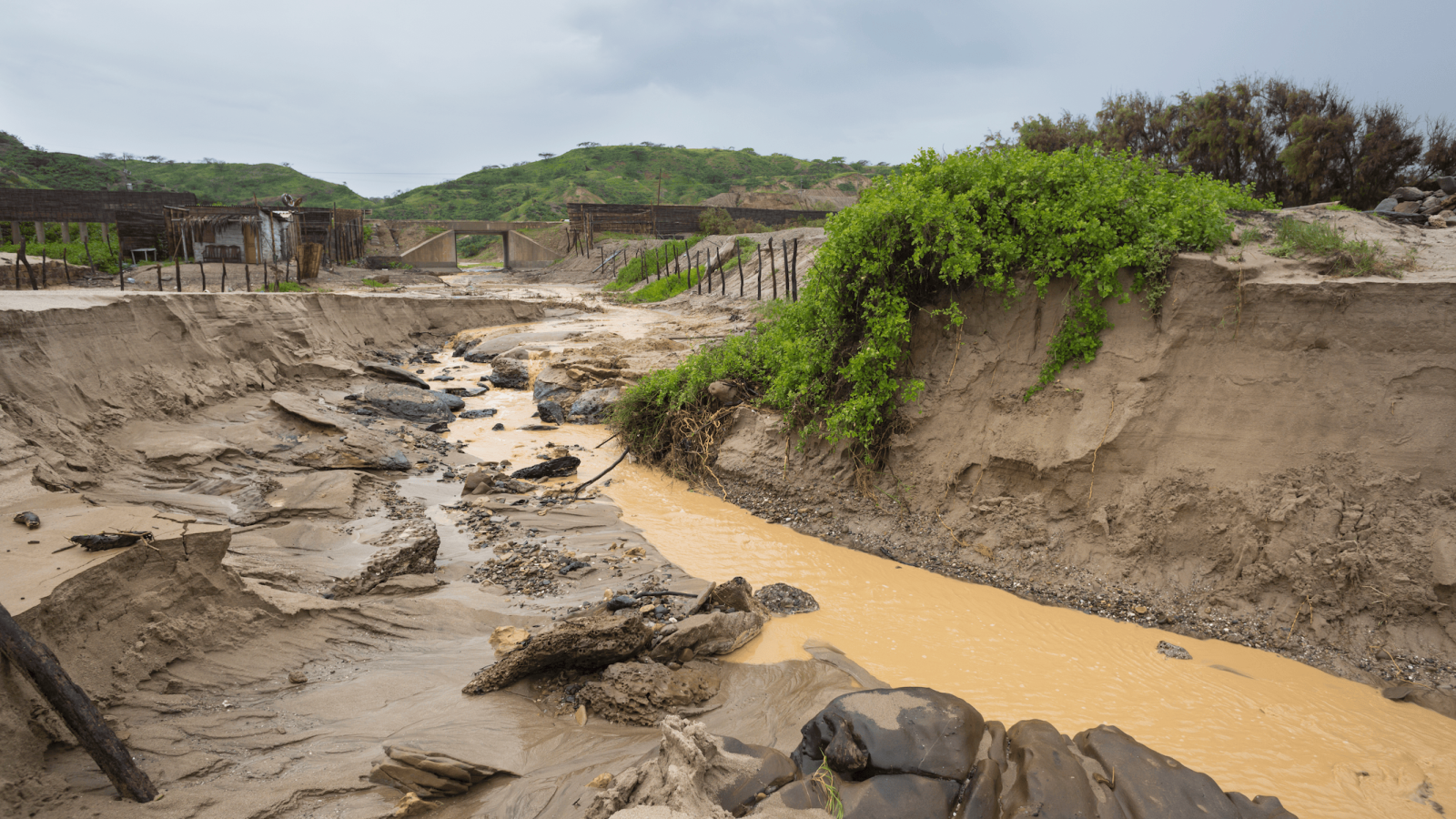This story is part of Record High, a Grist series examining extreme heat and its impact on how — and where — we live.
Forecasters are predicting the formation of an El Niño later this summer, a natural weather phenomenon that fuels above-average global heat and more intense natural disasters in parts of the world. A new study reveals that there are also strong economic repercussions to an El Niño — the pattern threatens to slow the global economy by as much as $3 trillion.
The planet’s weather over the past three years has been dominated by El Niño’s opposite extreme, La Niña, which has had a cooling effect on the globe despite the warming effects of climate change. The shift to El Niño, which is characterized by warmer-than-normal sea surface temperatures in the eastern Pacific Ocean, in conjunction with accelerating climate change, means a wide array of exacerbated hazards may be coming down the pike. Those impacts come with a surprisingly steep price tag, according to the study, which was published in Science on Thursday. By the end of the century, El Niño cycles may spur a whopping $84 trillion in economic losses.
“El Niño is more costly than we realized,” Christopher W. Callahan, one of the authors of the study, told Grist. “The primary reason for these high costs is that the effect of El Niño is persistent. It hits and lasts for a while.”
The researchers analyzed two previous El Niño cycles in 1982 and 1997. They found that in the five years following each of those El Niños, the weather phenomena depressed global economic growth by $4.1 trillion and $5.7 trillion in 2017 dollars, respectively.
The mechanisms by which the weather cycle affects economic development are varied because El Niño’s impacts differ by region In South America, for example, Callahan said he and his colleagues found that extreme rainfall fueled by El Niño floods infrastructure and leads to financial damages that stretch on for years, since rebuilding damaged infrastructure is often a multi-year, if not multi-decade, process. Drought in Indonesia and Southeast Asia during and directly after an El Niño event leads to wildfires, which also damage homes and other infrastructure and lead to economic losses.
While these trillions of dollars in depressed growth are significant, they are not felt as acutely as a global pandemic. The COVID-19 crisis ground entire sectors of the global economy to a halt and led to hundreds of millions of lost jobs. The economic consequences of El Niño are more subtle, because the weather event leads to slower economic growth overall.
“If society has to divert itself toward recovery and reconstruction and rebuilding, it might divert that kind of money and energy away from more productive technology, innovation, or research and development, the kind of things we theoretically associate with longer-term economic growth,” Callahan said.
He did note, however, that tropical countries where the effects of El Niño are most intense — Peru, Ecuador, Indonesia, Bangladesh, and the Philippines — see radical declines in economic growth following an El Niño “comparable in size to financial crises or other disasters.”
The study’s findings, the authors said, point to the need for more global investment in climate resilience and adaptation, particularly in low-income countries that are most vulnerable to the effects of climate change and El Niño.




